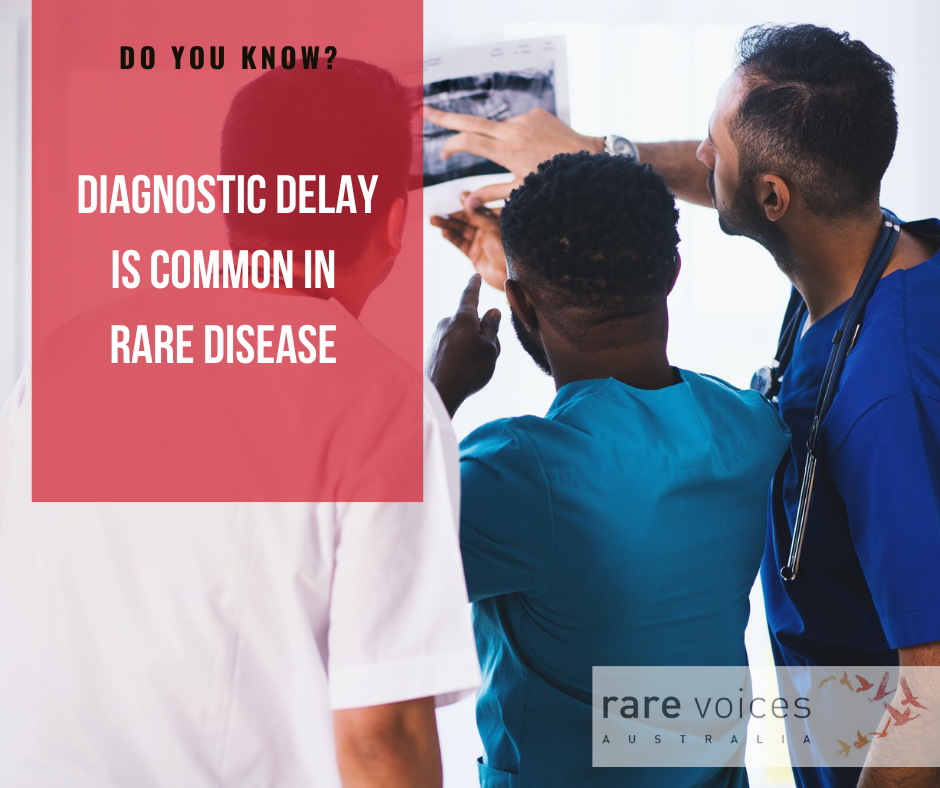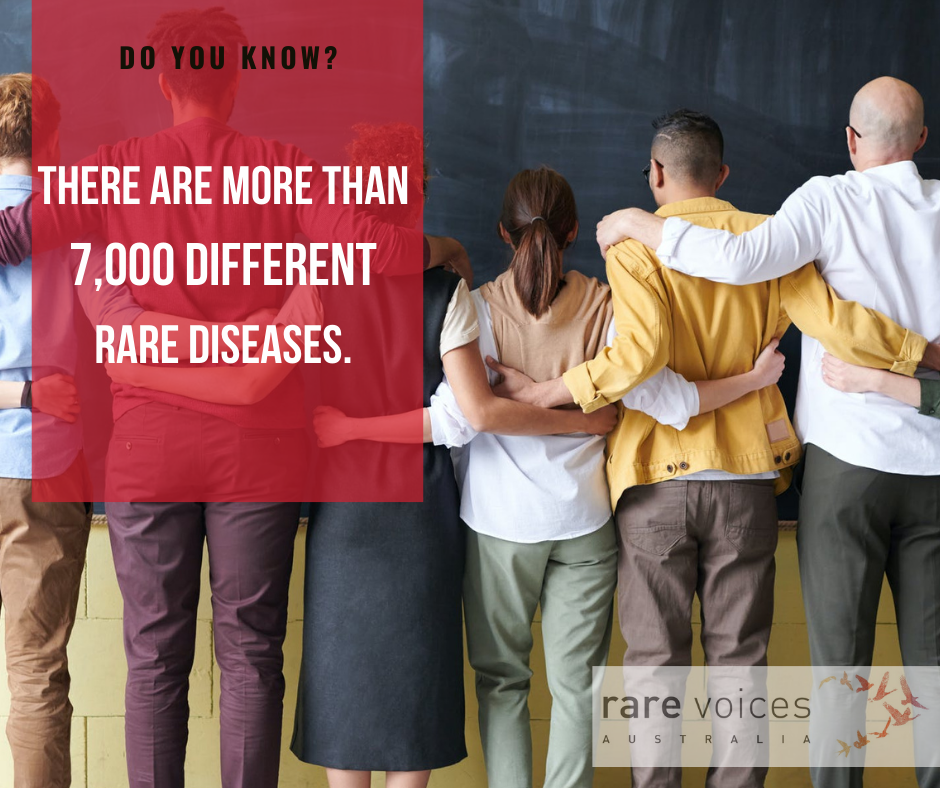A disease is rare if it affects less than five in 10,000 people. While estimates of the number of rare diseases may vary between countries and studies, due to differing definitions and challenges with data collection, it is prominently cited that there are more than 7,000 different rare diseases.
The increasing precision of genomic technologies means that new diseases are being discovered regularly. While individual diseases may be rare, the total number of Australians living with a rare disease is not. Approximately eight per cent of Australians live with a rare disease. Extrapolated to an Australian population of over 25 million people, this equates to around two million Australians.
Approximately 80 per cent of rare diseases are of genetic origin. Types of non-genetic rare diseases include cancers, infections and autoimmune disorders.
Rare diseases, like many other chronic diseases, are often serious and progressive. They typically display a high level of symptom complexity and thus are a significant cause of ongoing health and psycho-social challenges. There is no cure for many rare diseases, so improving quality of life and extending life expectancy of people living with a rare disease relies on appropriate treatment and care.
Note: the above information has been taken from the National Strategic Action Plan for Rare Diseases (page 9). © Commonwealth of Australia (Department of Health) 2020.
Looking for information about a specific rare disease?
Please see Orphanet, the portal for rare diseases and orphan drugs. You can also check RVA’s A-Z Support Directory.

Rare diseases: the Australian context
The National Strategic Action Plan for Rare Diseases (the Action Plan) was released in February 2020 and is the first nationally coordinated effort to address rare diseases in Australia. The Action Plan is comprised of three core Pillars: Awareness and Education; Care and Support; and Research and Data. Rare Voices Australia (RVA) is leading the collaborative implementation of the Action Plan.
Background
The ‘Awakening Australia to Rare Diseases’ international symposium of over 200 delegates was held in Fremantle, Western Australia in 2011. In response, a national peak body was established for rare diseases in Australia: RVA. Since its establishment in 2012, RVA has advocated for a national plan for rare diseases and more effective policy for Australians living with a rare disease.
In 2014, RVA undertook a roadshow to progress a national plan for rare diseases. Roundtable discussions with key stakeholders in Queensland, Victoria, South Australia, New South Wales and Western Australia were held. Key findings on the principles and objectives to progress a national plan were presented at the National Rare Disease Summit in 2015. The collaborative outcome of the Summit was a Communiqué to progress a National Rare Disease Plan that listed key principles and objectives.
The Communiqué was subsequently endorsed by more than 170 organisations and individuals in the rare disease community and was key to RVA’s advocacy for a coordinated national response to rare diseases. In June 2017, the themes of the Communiqué were further developed into the key advocacy and policy document, Call for a National Rare Disease Framework: 6 Strategic Priorities. This made the case for a nationally coordinated approach to effective rare diseases policy and was presented to the Minister for Health, the Hon Greg Hunt MP. This was critical in creating momentum in rare diseases policy reform, particularly around reforms to the Life Saving Drugs Program (LSDP); Medical Research Future Fund (MRFF) grant opportunities targeting rare diseases (Rare Cancers and Rare Diseases and Unmet Needs competitive grant program); and fee exemptions in relation to the Therapeutic Goods Administration (TGA) reforms to Orphan Drug Designation.
In November 2018, the Federal Minister for Health, the Hon Greg Hunt MP, announced, with bipartisan support, funding for RVA to collaboratively develop and deliver the National Strategic Action Plan for Rare Diseases (the Action Plan), the first nationally coordinated effort to address rare diseases in Australia. Collaborative work towards the development of the Action Plan began immediately at the 2018 National Rare Disease Summit, which brought all key stakeholders in the rare disease sector together, including rare disease organisation leaders, clinicians, researchers, government and industry.
Note: the above information has been taken from the National Strategic Action Plan for Rare Diseases (pages 10 and 11). © Commonwealth of Australia (Department of Health) 2020.




